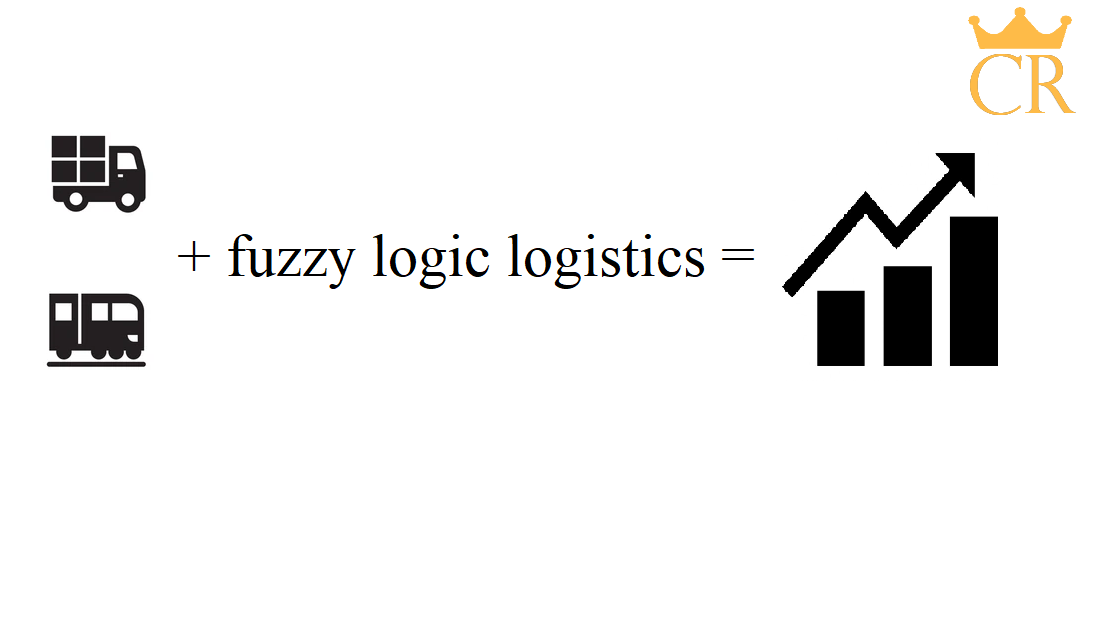Building models to optimize vehicle downtime in multimodal transportation
DOI:
https://doi.org/10.15587/1729-4061.2023.283172Keywords:
multimodal transportation, freight road transportation, decision-making, fuzzy logic, supply chain, transport logistics, interaction of rail and road transport, route selection, logistics processesAbstract
Sustainable development has become the main focus of transport policy and planning around the world. One of the practical goals when performing multimodal transportation is the optimization of logistics costs. That is, the object of research is the process of multimodal transportation. Empirical research shows that the problem of optimization of transportation costs can be solved by different methods. But the result will be similar. In the given approach, only one component of the transportation process is subject to optimization, which is the overload time. The solutions are based on the method of mass service theory and the method based on fuzzy logic. With the help of these methods, based on practical data, time parameters were calculated that characterize overloading from railway transport to road transport. The application of the method of a weakly formalized process in relation to transport logistics was considered, taking into account not only quantitative estimates but also qualitative, vaguely defined criteria that do not lend themselves to formalization, and the relationships between them. The model was developed for further research of this process, prediction of its behavior, optimization of functioning. It is based on the technology of fuzzy sets. The results obtained using the agent model based on the mass service network and the model based on fuzzy logic differ within the permissible specified limits of no more than 5–7 %. The application of fuzzy logic in the logistics of multimodal transportation is relevant and gives the best results compared to traditional methods of the theory of mass service systems. The article includes comparisons that reflect the advantages of the proposed approach. The obtained results are of a practical nature and can be used to make a decision on choosing a route and/or when transferring from one mode of transport to another
References
- Syrotynskyi, O. A., Syrotynska, A. P., Melnyk, L. V. (2021). Logistics activities automation of transport companies. Bulletin National University of Water and Environmental Engineering, 4 (96), 295. doi: https://doi.org/10.31713/ve4202123
- Guschin, V. M., Zheleznyak, V. Yu., Guschin, K. O. (2003). Prognozirovanie material'nykh potokov predpriyatiya na osnove metodov nechetkoy logiki. Sbornik dokladov Mezhdunarodnoy nauchnoy konferentsii "Neyrosetevye tekhnologii i ikh primenenie". Kramatorsk, 36–48.
- Erkayman, B., Gundogar, E., Akkaya, G., Ipek, M. (2011). A Fuzzy Topsis Approach For Logistics Center Location Selection. Journal of Business Case Studies (JBCS), 7 (3), 49–54. doi: https://doi.org/10.19030/jbcs.v7i3.4263
- Guba, K. A., Dubanov, G. N. (2013). Optimizing warehouse logistics through fuzzy logic. World of Economics and Management, 13 (3), 14–18.
- Fazayeli, S., Eydi, A., Kamalabadi, I. N. (2018). Location-routing problem in multimodal transportation network with time windows and fuzzy demands: Presenting a two-part genetic algorithm. Computers & Industrial Engineering, 119, 233–246. doi: https://doi.org/10.1016/j.cie.2018.03.041
- Ghiaus, C., Allard, F. (2001). Fuzzy modeling and controlling of a fan-coil. International Journal of Solar Energy, 21 (2-3), 131–145. doi: https://doi.org/10.1080/01425910108914368
- Kalpani Dissanayake, C. (2015). Fuzzy logic applications in supply chain performance measurement. Conference: 36th International Annual Conference of the American Society of Engineering Managers 2015. Indianapolis. Available at: https://www.researchgate.net/publication/301956996_FUZZY_LOGIC_APPLICATIONS_IN_SUPPLY_CHAIN_PERFORMANCE_MEASUREMENT
- Kayikci, Y., Karakaya, E. (2017). An Optimal Route Selection Model Using Fuzzy Logic in Multimodal Freight Transport Network. Conference: The 22nd International Symposium on Logistics. Ljubljana. Available at: https://www.researchgate.net/publication/320264673_An_Optimal_Route_Selection_Model_Using_Fuzzy_Logic_in_Multimodal_Freight_Transport_Network
- Mahi, F., Moh, A. N. S., Debbat, F., Khelfi, M. F. (2013). Modelling and control of a multimodal transportation system using hybrid Petri nets with fuzzy logic. International Journal of Systems, Control and Communications, 5 (3/4), 255. doi: https://doi.org/10.1504/ijscc.2013.058179
- Mashkantseva, S. O. (2019). Methodical aspects of cost optimization in the multimodal transportation system. Visnyk Kharkivskoho natsionalnoho tekhnichnoho universytetu silskoho hospodarstva, 206, 334–342. Available at: https://repo.btu.kharkov.ua/bitstream/123456789/5107/1/33.pdf
- Terminal Karpaty. Available at: http://www.tk-ua.com/
- Koohathongsumrit, N., Meethom, W. (2022). A Fuzzy Decision-Making Framework for Route Selection in Multimodal Transportation Networks. Engineering Management Journal, 34 (4), 689–704. doi: https://doi.org/10.1080/10429247.2022.2027205

Downloads
Published
How to Cite
Issue
Section
License
Copyright (c) 2023 Serhii Razghonov, Iryna Lesnikova, Nataliіa Khalipova, Albina Kuzmenko, Vitalii Kuznetsov, Danylo Chernikov, Olha Zvonarova, Halyna Prokhorchenko, Mykola Horulia, Petro Bekh

This work is licensed under a Creative Commons Attribution 4.0 International License.
The consolidation and conditions for the transfer of copyright (identification of authorship) is carried out in the License Agreement. In particular, the authors reserve the right to the authorship of their manuscript and transfer the first publication of this work to the journal under the terms of the Creative Commons CC BY license. At the same time, they have the right to conclude on their own additional agreements concerning the non-exclusive distribution of the work in the form in which it was published by this journal, but provided that the link to the first publication of the article in this journal is preserved.
A license agreement is a document in which the author warrants that he/she owns all copyright for the work (manuscript, article, etc.).
The authors, signing the License Agreement with TECHNOLOGY CENTER PC, have all rights to the further use of their work, provided that they link to our edition in which the work was published.
According to the terms of the License Agreement, the Publisher TECHNOLOGY CENTER PC does not take away your copyrights and receives permission from the authors to use and dissemination of the publication through the world's scientific resources (own electronic resources, scientometric databases, repositories, libraries, etc.).
In the absence of a signed License Agreement or in the absence of this agreement of identifiers allowing to identify the identity of the author, the editors have no right to work with the manuscript.
It is important to remember that there is another type of agreement between authors and publishers – when copyright is transferred from the authors to the publisher. In this case, the authors lose ownership of their work and may not use it in any way.









